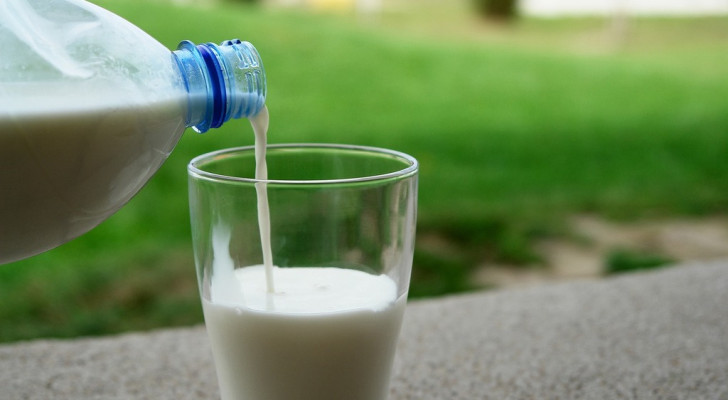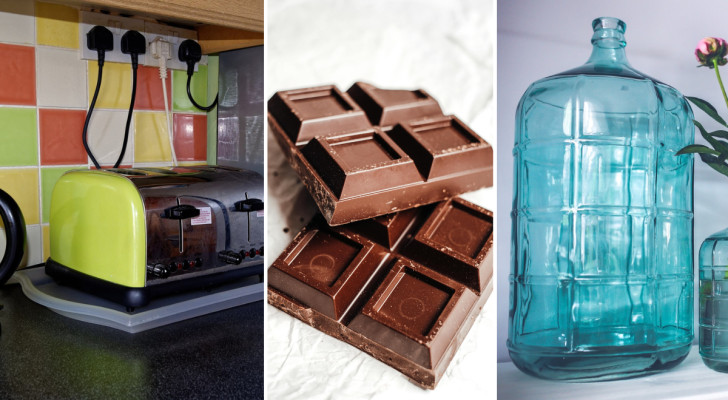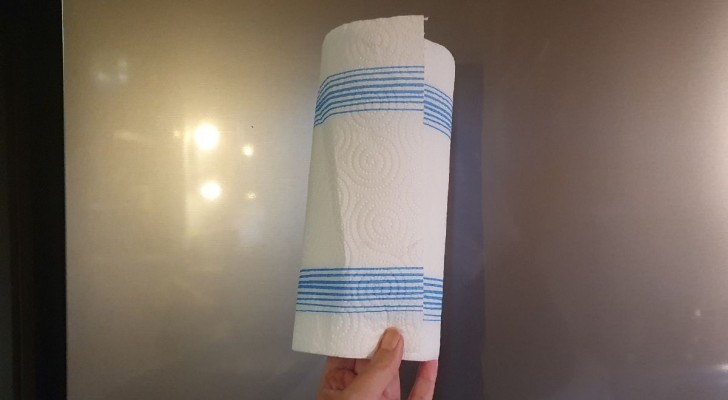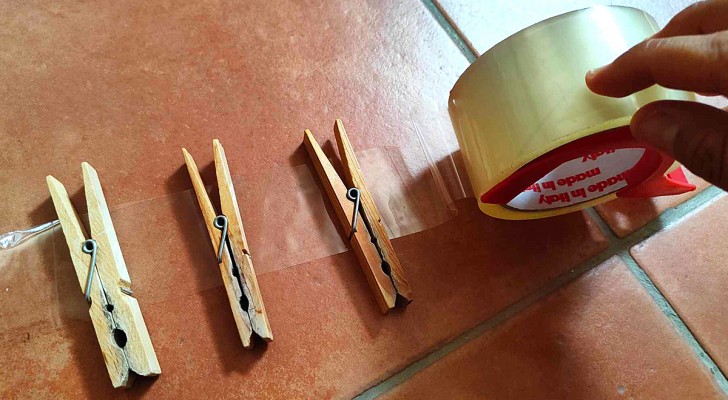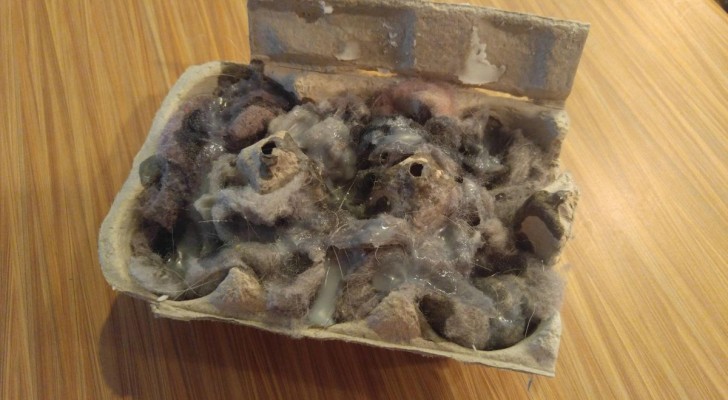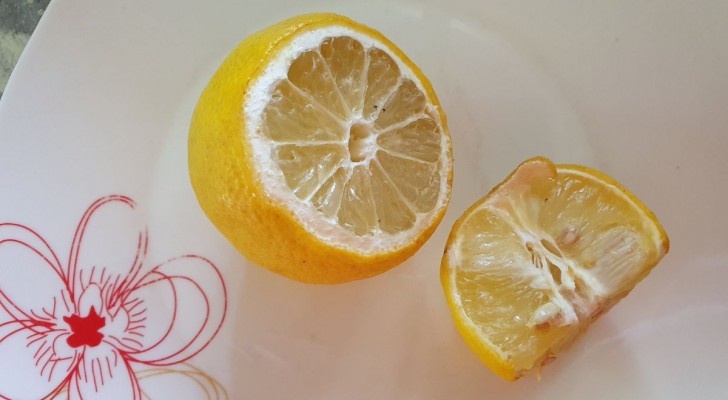Potato peel can be used in many ways: learn them and you will never throw them away
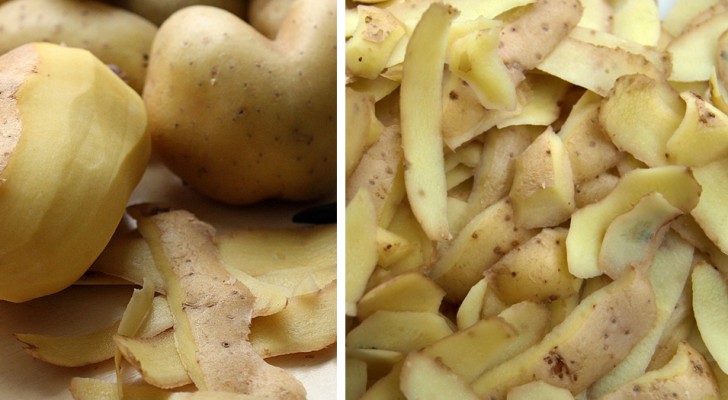
Potatoes are one of the most popular foods in the world: they are extremely versatile in ways to cook them, they are easy to grow and inexpensive to buy. Historically, therefore, they have been successful in any civilisation that has come into contact with them, and are now widespread in many different cultures. It is very likely that any of us will find ourselves eating them quite frequently, having to peel them every time to prepare some dishes.
But what to do with those peels? We usually throw them in the garbage, maybe someone puts them in the compost bin, yet there are several other ways to use potato skins. In fact, even those are edible, and indeed it is in that part of the potato that many of the nutrients of this famous tuber are concentrated.
They can then also be used in other useful ways, for the care of the body or the garden. In any case, if we want to use the peels, it is always good to clean the potatoes perfectly before peeling them, brushing them to remove all remnants of earth and dirt, and eliminating any buds.
Particular attention should be paid to potato blight, a kind of cancer for potatoes and tomatoes. This infesting disease first presents itself with depressed red-purple areas on the surface of the tuber, and in those points the tissues then take on a spongy consistency or rot as a result of the settlement of fungi and bacteria. Potatoes affected by this disease, as well as those with brown skin or pulp parts, cannot be used in any way, not even for plants, so they must be thrown in the trash (and not in the compost bin).
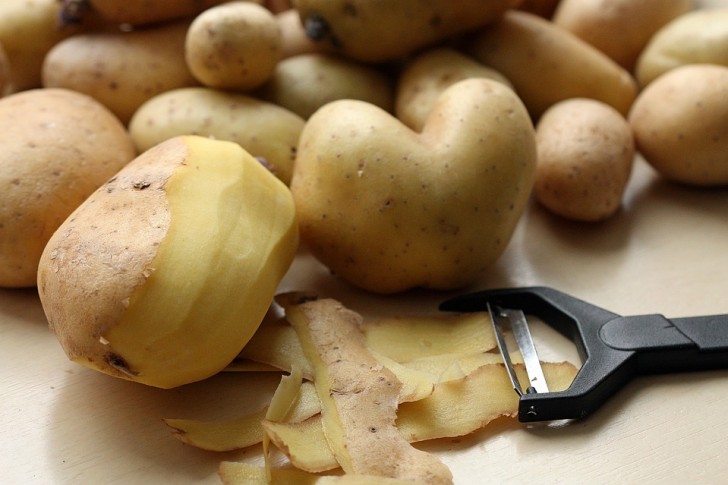
In the kitchen
Although potatoes are extremely tasty, they are often not indicated in hypoglycemic diets (the sweet potato is perhaps a little less risky from this point of view) and in those in which the level of carbohydrates must be kept low. The caloric value then changes according to the types of cooking, and baking remains the healthiest. However, of the whole tuber, the peel is the part that alone contains 20-50% of the fibres, as well as being rich in phenols, and also containing vitamins (riboflavin, ascorbic acid, folic acid and vitamins B6).
Consuming potato peels as a food, therefore, can be healthy for us, although it is always necessary to make sure that we do not have food intolerances or allergies to any of their components. To taste the potato skins you can try two ways.
1.The fried potato peels
Potato peels can also be fried, just like the pulp, and become a different side dish or a tasty crunchy snack. Obviously, the potatoes must have been brushed and washed very well, and when removing the peel it is better to do so by sinking the knife a little more, so as to also have a little pulp. Then dip them in boiling oil in a pan, or cook them in a deep fryer for a few minutes, drain and enjoy.
2. The healthy alternative: baked in the oven
Baking potatoes in the oven is always the healthiest way, and just like with the pulp, this method allows us to season them in very different and delicious ways. Soak the skins in a basin with water for about 10 minutes, then drain them well and flavor them with oil, salt and pepper. They are very good even if flavored with the spices you like best, perhaps curry or paprika, or perhaps with aromatic herbs, especially thyme and rosemary. But you could also try a more exotic combination, with lime juice and pink pepper!
After having seasoned them and left to flavor for a while (you don't need to wait long, 10 minutes are enough), line a baking sheet and arrange the skins (you will need many, at least those of two kg of potatoes) in a thin layer, trying not to overlap them too much. Cook them at 180 degrees for about 25 minutes until they are crisp and enjoy hot.
For body care
Potato peels can also be used to prepare beauty treatments or for limited therapeutic purposes.
As a hair treatment
Online there are several testimonies of people who claim to use potato juice (or their peels) to have healthy hair, or maybe even to cover the first white hair. These are all claims that have not yet been scientifically proven. However, it is true that potatoes (and peels) contain a number of elements that can help hair growth.
In particular, since in potatoes we find vitamins B and C, zinc, niacin and iron that nourish the follicles, it could in fact be true that a juice obtained from potato peels boiled, then drained and cooled, helps to cure the scalp by reducing sebum.
However, it seems that the best method to exploit the properties of potatoes in this sense is the one using the pulp. This in fact should be reduced to a puree (with the addition of very little water to make it creamier) and then filtered with a cotton towel or gauze. The resulting liquid can be used to treat hair, and cannot be stored.
To cure mild sunburn:
Burn wounds heal better in humid environments (they epithelize faster when in contact with wet bandages), and this makes potato peels a natural help in reducing skin dehydration.
To use them in this way, you can leave the outside, which has been perfectly clean, in contact with the burn. In some experiments boiled peels have also been used, in contact with very recent burns: the studies conducted have not shown an effective benefit in the treatment of this type of wound in the acute phase of burns, that is when the wound is still alive, but it is they are proven to be a better remedy than gauze in the next healing phase.
As a drink
Potatoes are rich in vitamins B, C, K, potassium, iron, calcium, zinc and antioxidants, and these substances are mainly present in the skins, so it is also possible to prepare a drink with the skins to take them.
You can either drink the cooking water of the potatoes directly (which have been boiled with all the skins), once it has cooled down enough, or just boil the skins, a bit like an infusion.
The liquid obtained from it can be drunk alone, but more often it is used to dilute other vegetable smoothies (carrots, but not only) and fruit. Otherwise it can also be drunk with a little lemon or lime juice, the important thing is to consume it as soon as it has cooled down.
Beware: if you suffer from latex allergy, potatoes could trigger the so-called "cross-reactions" and cause discomfort.
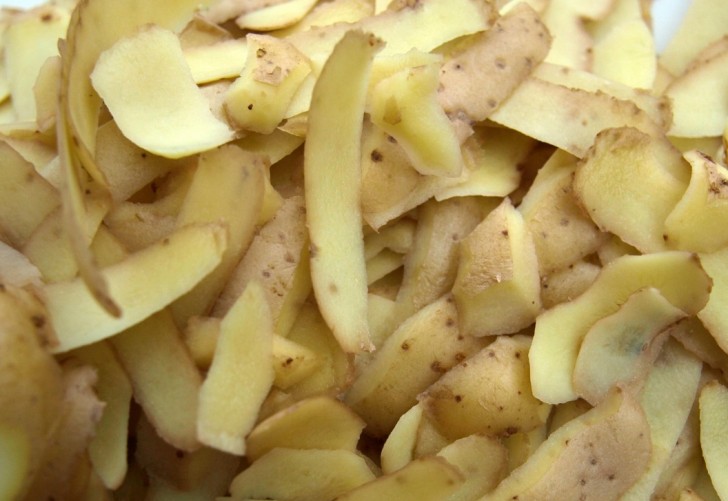
Benefits for health
The flavonoids, carotenoids and phenolic acids contained in potatoes, and especially in their skins, are antioxidant substances capable of neutralizing potentially harmful molecules such as free radicals. Some test-tube studies (those in humans have yet to be further developed) have revealed that of the various types of potatoes, the purple ones contain far more antioxidants than the white ones.
Phenolic acids extracted from potatoes have been shown to prevent lipid oxidation and have anti-carcinogenic properties. Animal experiments have also been conducted that have proven how potato peel powder has had the effect of reducing hyperglycemia and cholesterol, and has also been and appears to have also mitigated the eye damage associated with diabetes.
The beneficial effects ascribed to the substances contained in potato peels, therefore, are:
- Increased immune defenses, thanks to vitamin C
- Potential protection from cancer, due to chlorine acid, an anticancer substance
- Reduction in blood cholesterol levels, due to fiber, antioxidants, polyphenols and glycoalkaloids
- Reduced risk of heart disease, thanks to potassium, which lowers blood pressure, and omega-3s.
For plants
Potato peels are a perfect ingredient to add to the compost pile, but they should never be mixed directly into the soil without having been composted for at least 3 months, macerating the peels along with other vegetable waste, turning and wetting the whole mass periodically. .
What you can do, however, is to use them for a kind of infusion. After gathering them, put them in a pot full of water and boil without adding anything, for 20-30 minutes. Let the water cool completely and then pour it over the plants with the help of a watering can: the starch contained in this water nourishes the soil naturally. This is an additive, not a substitute for any commonly used fertilizers.
And if you usually boil potatoes without adding salt, then the boiling water of cooked potatoes with all the peel can also be used in the same way.
In fact, there are testimonies of those who use spray fertilizers to be sprayed directly on the plant obtained from the liquid produced by leaving the potato skins to soak in water for a day and then blending and filtering everything, but the effectiveness of this practice on plants is not demonstrable. Furthermore, adding fresh potato peels to the soil or burying them in the surface layer of the soil is certainly wrong: they will rot, attracting parasites and also facilitating diseases of the plants themselves.
At home
You can also try using potato peels for another very popular remedy online, which is to remove rust from cast iron pans, knife blades and other utensils. It seems that it is enough to rub them against the stain, and then with a toothbrush or sponge scrub away the rust, rinsing and drying immediately afterwards.
Did you already know these uses of potato peel?
